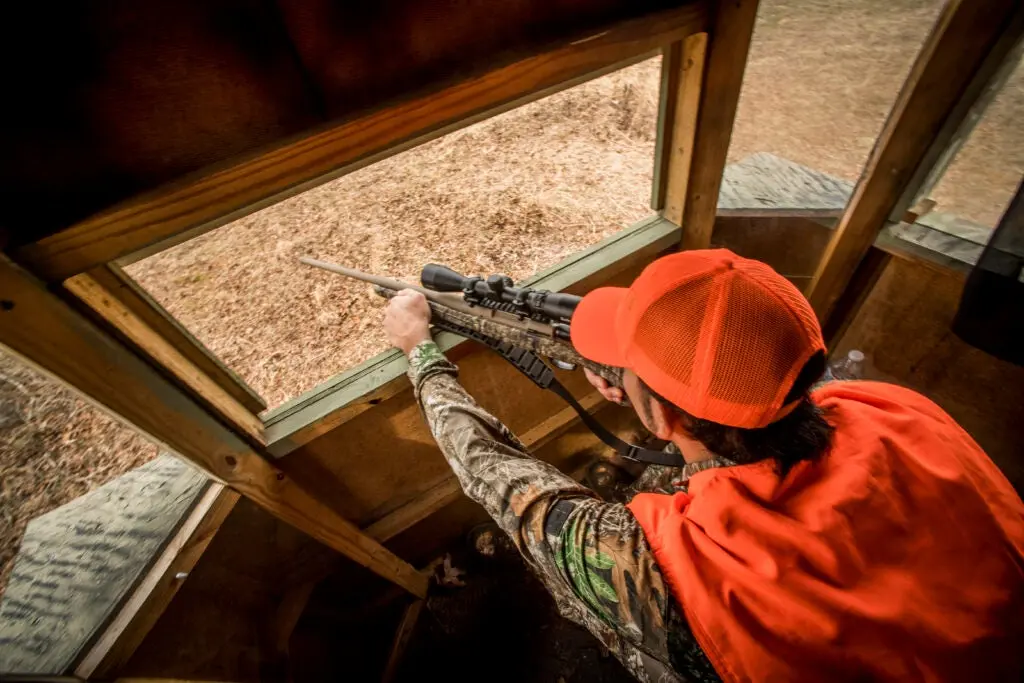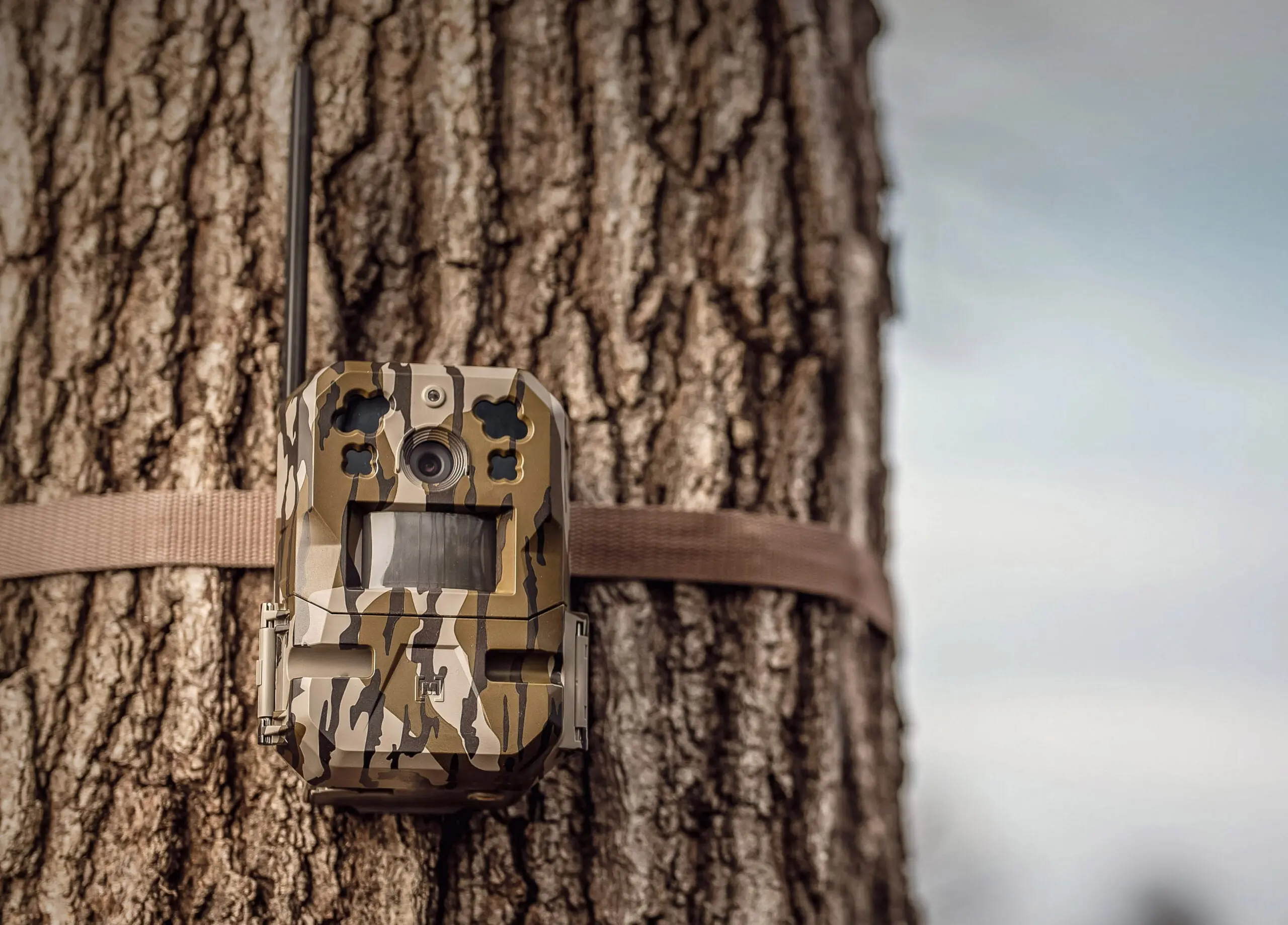The Sunday after Thanksgiving is going to be a great day for deer hunting. What’ll make it great has to do with the phase of the rut we are in right not. But exactly how and why you enjoy it has more to do with how much you like your extended family. If you’re the gregarious sort and you all get along, then you can look forward to hunting with the whole crew on Thanksgiving weekend. If you’re not, and you don’t, well, everyone will probably be gone by Sunday, and you can go enjoy some peace and quiet in the deer woods.
And the woods is the place to be on Sunday. While it’s true that the off-the-wall craziness of the rut’s peak has ebbed considerably and there are still some does hesitant to stick their nose in a field or food plot, that’s all changing. More deer are grabbing groceries again. It’s almost like things are back to normal, food-source-based deer hunting.
But there’s one major exception. The biggest bucks, with the most stamina, have not even begun to give up on the breeding season. In anything, they are more determined than ever to find a doe. Which means they’ll to be on their feet more often, as the pool of estrus females is shrinking fast and bucks to have to work harder than ever to find one. So, whether you hunt with family or by yourself, Sunday will be a great day to intercept one of the big boys.
Rut Phase: Pickup Breeding
As noted earlier in this series, most areas are going to host some does that were born just a touch later than their herd-mates, which means they’re going to come into heat a little later each fall. Buck, of course, are more than willing to service these late-cycling does. (Bucks can breed as long as they have antlers, so the closing of that window is a long way off). Young bucks may do a small amount of the breeding, if a doe falls into their lap, but few will work hard to find one.
Younger bucks are wiped out at this point in the runt and need to refuel. They’re also tired of encountering bigger bucks that are stronger, ornerier, and more eager to fight than they are. This means that during the pickup breeding phase, smaller bucks are largely out of play, and big ones are in play. All of it adds up to an excellent time for you to kill a mature monster, and that deer may very well be one you don’t recognize. This is prime time for a buck to go on an excursion that takes him out of his home range as he looks for love.
November 26 Morning Hunt Plan: Find a Linear Funnel

If you’re rifle hunting, pick a stand with a long, open view of a travel corridor, like a river bottom or fencerow. Realtree Outdoors
As noted, mature bucks are going to be covering major ground now, biting off major chunks of territory as they search for the remaining hot does. One of the best places to wait for a giant is a linear funnel; a stretch of cover that connects feeding and/or bedding covers that can be separated by quite a distance. One of the best of these I’ve ever seen was in the northern Wisconsin’s big woods. It was a white oak ridge that ran a quarter of a mile or more long. I didn’t appreciate the covers it linked until my hunting buddy showed them to me on his GPS. It connected three other oak ridges and two cedar swamps that served as bedding areas. The trails on that long, linear oak ridge were decades old and literally carved into the landscape, and served as highways for bucks covering ground as efficiently as possible.
In farm or prairie country, I’ve seen creek and river bottoms, brushy fencerows, and skinny woodlots serve the same purpose; they connect habitats that can be separated by miles, and rarely are these plots even on the same property. But bucks don’t read plat books as they search for does, and if you get in a linear funnel this Sunday, a monster could walk right past you.
November 26 Evening Hunt Plan: Stage Sanctuary Mini-Drives
If you are enjoying the peace and quiet that comes after all the aunts and uncle and cousins leave, then maybe take a break at lunch if you need to, but then climb back up into your funnel stand, because a big buck could cruise past at any time.
On the other hand, if you’re pumped for a family hunt, grab a couple cousins and maybe an uncle or two (two other hunters is enough, but you can add more if you’re working some big cover) and run a mini-drive through some sanctuary cover.
This isn’t a huge, hoot-n-holler affair, but a gentle push designed to get a buck on his feet. You can place a couple posters if you want, but you don’t really have to. Because the “drivers” are moving at still-hunting pace, bucks will get up and run for a short distance, then circle back to execute a roundabout escape. That’s where the other drivers, who are also moving slowly and paying attention, get the shooting.
This is an excellent push to use in dense cover (swamps, marshes, and clearcuts) but can be adapted to most any habitat. The key is to move slowly and with a crosswind, and if you really want to fine-tune things, stagger the start-time of each driver. This creates a non-uniform line that will dupe bucks into thinking they’re only avoiding one guy bumbling through their cover. If you’re gun hunting, you’ll already be wearing hunter orange, but don it even if you’re toting bows; it will keep each hunter visible to his buddies, and it won’t bother the deer one bit. Just be sure of your shooting lanes, and make safety the number one priority.
Hot Tip: Make Him Stop!
Bucks this time of year are often on a mission; they’re moving until the scent, sight, or sound of something gives them reason to pause. Since shooting at a moving buck is usually a low-odds proposition (especially compared to a standing shot), do your very best to stop a buck before shooting. Sometimes this can be done with a simple mouth grunt, but often it’s not loud enough to halt a buck’s progress. Don’t be afraid to escalate things to get the buck’s attention; I’ve whistled and even yelled “Hey!” at a walking whitetail. Of course, there’s always a fear the buck will immediately spook and run, but a far more common reaction is a simple stop to nail down the source of the sound (remember, the buck is typically walking through crunchy leaves or snow, and often panting heavily) and that pause is invariably long enough to draw down and make a killing shot.
Sponsored Gear Tip: Scout the Rut with a Cell Cam

Moultrie’s new EDGE Pro cellular trail camera is perfect for keep tabs on bucks now. Moultrie
Everything changes when the rut is in full swing. Strange bucks show up in strange places. Familiar bucks change their patterns. And we hunters often travel to new locals to take advantage of the hottest action of the year. Putting yourself in the perfect place to score requires staying on top of the latest deer activity, and a good cell camera is the key. Moultrie Mobile’s new EDGE Pro
is perfect for the job, and here’s why.
First, you never know what kind of cell reception you’re going to get in a new place, whether that’s close to home or hours away. The EDGE Pro automatically searches for and connects to the strongest carrier it can find. This is a great feature, as many cell cams force you to choose a network from the outset, and if you travel to an area where that carrier doesn’t exist, or performs poorly, your cell cam will be rendered pretty much worthless.
The other great thing about the EDGE Pro is its ease-of-use. The simple start-up instructions are right on the box. You just scan the QR code to download the Moultrie Mobile App, add the camera to your account, install batteries, and take a test shot. It’s literally that simple and when you’re eager to get your cameras set up in new places and start scouting immediately, simple is what you need.
The EDGE Pro’s Live Aim feature is also helpful for getting the latest intel. Let’s say you set the camera up on a hot scrape or rub line; this feature will send you a real-time test image to your phone, ensuring you have the camera at the perfect angle and height to get pictures of any buck hitting that sign. On a short hunt, where you want to spend as much time in the stand as possible and as little time monkeying with camera setup, Live Aim gets the camera scouting for you quickly while you wait for a buck in other spots.
The EDGE Pro app features remote setup options, activity charting, interactive maps and weather data, and unlimited cloud storage. While those features will certainly help for mobile rut scouting, they’ll come in just as handy the rest of the year. In other words, whether you are chasing the rut at home or away, or keeping tabs on familiar bucks year-round, the Edge Pro is one of the top new cameras to have in your scouting arsenal.


